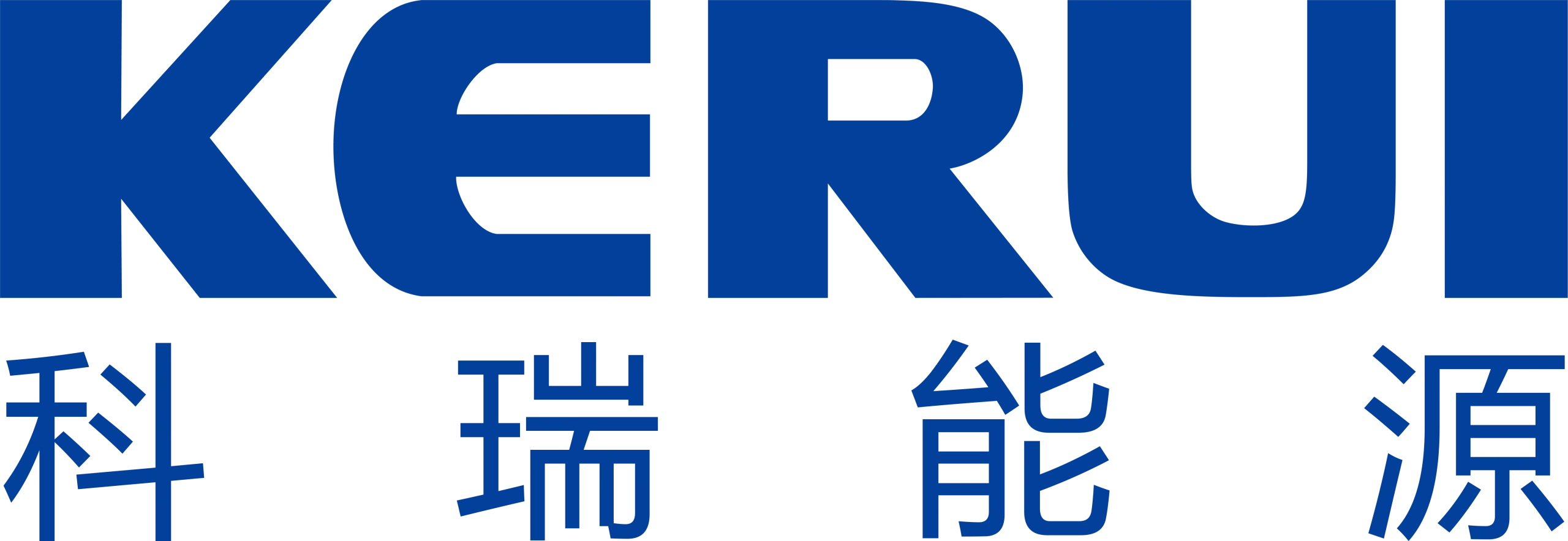Natural gas dehydration
Molecular sieve dehydration
Process introduction
The raw gas first separates free water and then enters the absorption tower to fully contact with the TEG lean solution for dehydration. The dehydrated associated gas is subjected to separation processing to become product dry gas.
The TEG rich solution is discharged from the bottom of the absorption tower and after flashing and filtering, it enters the TEG regeneration tower to obtain concentrated TEG lean solution. After cooling, it enters the TEG circulation pump for pressurization, and then re-enters the TEG dehydration absorption tower to complete the circulation process.
Device features
- Optimize the heat exchange process, select optimal cooling exchange equipment, and rationally utilize thermal energy at various temperature levels.
- Use efficient pumps and energy-saving electrical appliances.
- Employ high-efficiency insulation materials, improve insulation structures, and reduce heat loss from equipment and pipelines.
- Small-scale units (<200×10’m’/d) should be skid-mounted, while large-scale units (>200×10’m/d) should be modularized.
TEG dehydration
Process introduction
The raw gas is first separated from free water, and then enters the absorption tower to fully contact with the lean TEG for dehydration. The dehydrated associated gas undergoes separation processing to become the product dry gas.
The rich TEG is discharged from the bottom of the absorption tower, and after flashing and filtering, it enters the TEG regeneration tower to obtain concentrated lean TEG. After cooling, it enters the TEG circulation pump for pressurization, and then re-enters the TEG dehydration absorption tower, completing the circulation process.
Device characteristics
- Optimize the heat exchange process, select cooling exchange equipment, and make reasonable use of thermal energy at various temperature levels.
- Utilize efficient pumps and energy-saving electrical devices.
- Employ high-efficiency insulation materials, improve insulation structures, and reduce heat loss from equipment and pipelines.
- For small units (<200×10’m’/d), utilize skid-mounted designs; for large units (>200×10’m/d), use modular designs.
Process description
Natural gas, after separation, compression, cooling, and subsequent separation, enters the triethylene glycol dehydration unit for high-pressure absorption dehydration before being exported. KERUI has a professional project management team of over 500 members and extensive experience in international project management. The team is skilled at effectively managing the relationship between quality, HSE, schedule, and costs. They can promptly coordinate various issues that arise on-site within the owner’s authorized scope.



